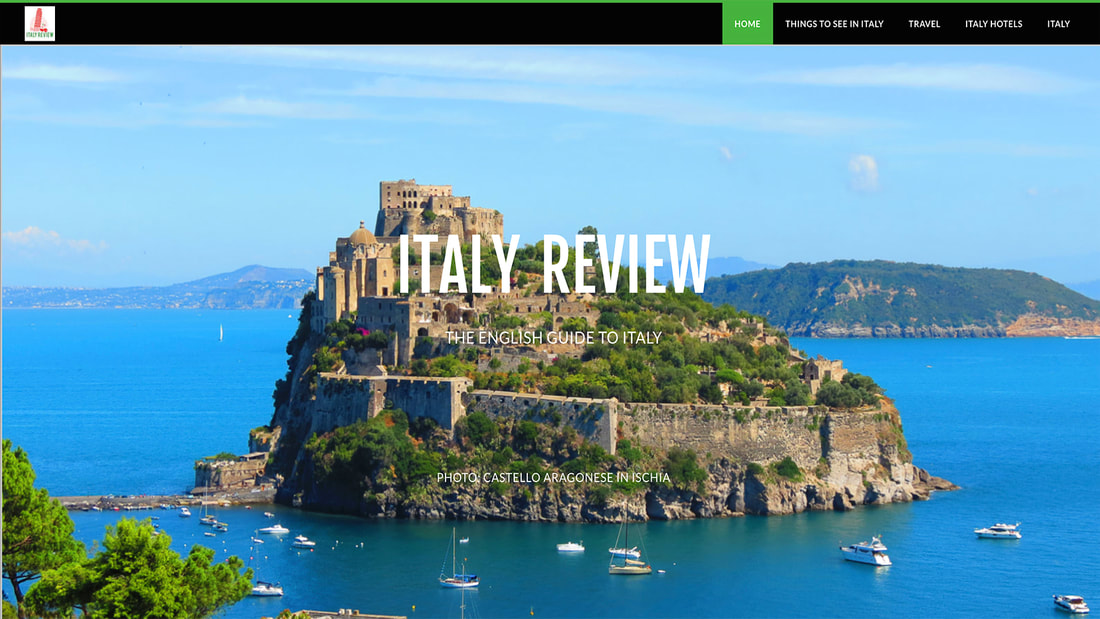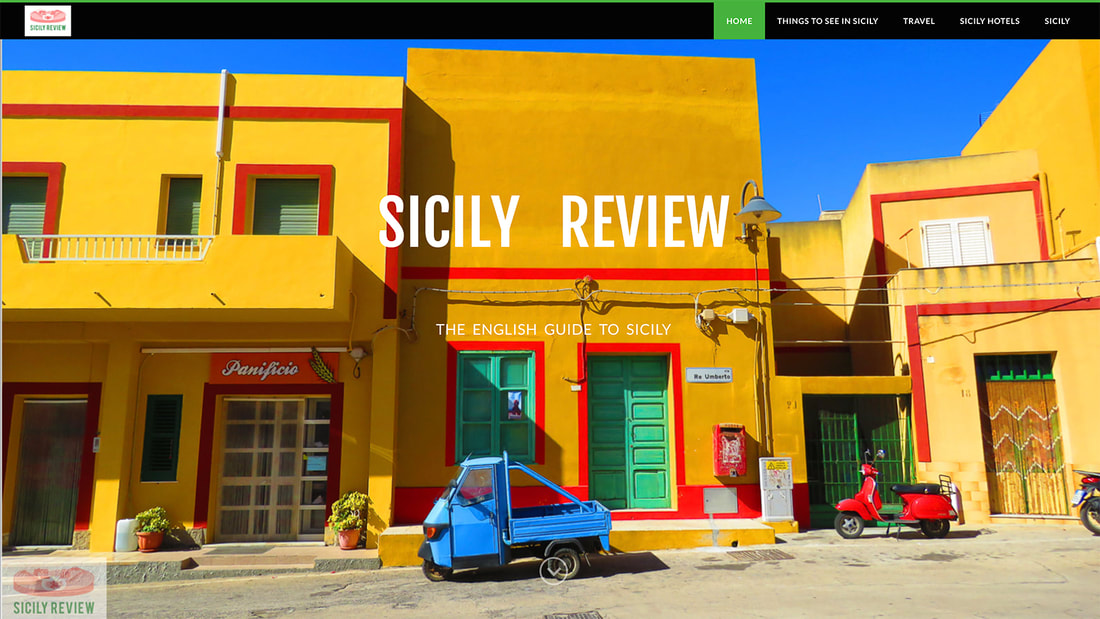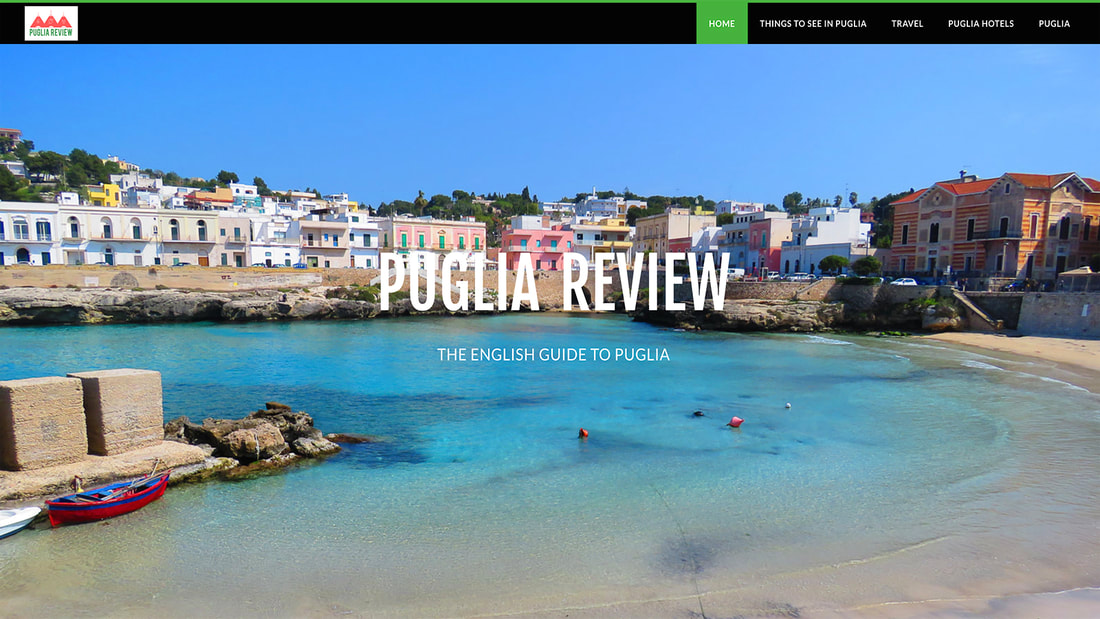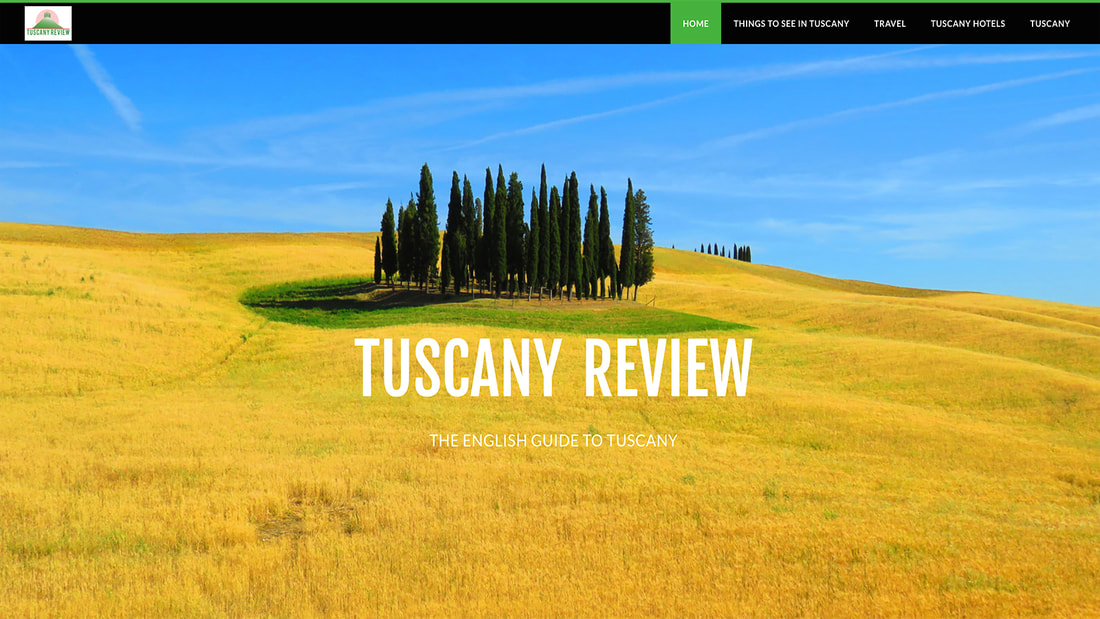|
“You may have the universe if I may have Italy,” said the great opera composer, Giuseppe Verdi, well, his librettist said it but his love of Italy is there for all to see.
Quaint cobblestone alleys scented with citrus blossom combine with spectacular views of Vesuvius and the glittering Bay Of Naples to make Sorrento the ideal place for your Italian holiday. Many of us return to Sorrento year after year for a large slice of la dolce vita, or “the sweet life.” Swish street-cafes and restaurants surround the busy Piazza Tasso and this is undoubtedly the place to see and be seen. The Piazza Tasso, in the centre of town, was built in 1866 and the statue of the patron saint of Sorrento, Sant’Antonino Abate or Saint Anthony the Abbot stands proudly in the middle. There are three statues of him in Sorrento and another one is in Piazza Sant’Antonino. It’s beside the town hall and the 11th century Basilica di Sant’Antonino, also named after him, is nearby. Behind Piazza Tasso are even more quaint cobblestones, cafes and restaurants. This area is often overlooked but it is well worth exploring. It’s said that this is where some of the richest Romans lived, in the narrow alleys in the shade. There is a good Limoncello shop at the side and just behind the Fauno Bar with an interesting courtyard boasting original frescoes. If you look down to Via Luigi de Maio, between the flags flying at the side of Piazza Tasso facing the sea, you will see the deep gorge that ran through Sorrento until the piazza was built. The gorge was caused by an earthquake many thousands of years ago and is thought to be linked to the Valley Of The Mills, just behind the piazza. The gorge is now a main road to the Marina Piccola or ferry and hydrofoil port. You can walk down the stairs and down the road but there are much easier ways to the port, especially the Sorrento Lift in Villa Comunale Park. If you fancy putting your feet up while doing some serious sight-seeing around Sorrento, there is a little white “noddy train” that stops beside the flags and it can take you on a short tour of some of the main sights. There is also a horse and carriage operating from the side of the Fauno Bar. A taxi rank is at the other side. Quite close to the communal gardens and the lift, is the five-star Hotel Bellevue Syrene which was originally a Roman Villa and was thought to be one of the homes of Emperor Augustus when he was in political exile. It was rebuilt in 1750 and converted to a hotel in 1820. It has an indoor and outdoor restaurant open to the public, as do most of the better hotels in Sorrento. It’s not cheap, but hey, it’s magnificent. Just to the right of Piazza Tasso is another famous hotel, the five-star Hotel Excelsior Vittoria. The great Neapolitan opera singer, Enrico Caruso, stayed here a few times and there is a plaque on the wall in his honour. His original piano and writing desk are in the suite named after him, and one of the most famous photos of the great Caruso was taken in 1921, on the outdoor terrace of the Hotel Excelsior Vittoria. The restaurant has a Michelin star and is open to the public. Piazza Tasso is surrounded by historic buildings and just past the grand entrance to the hotel, the yellow and white façade of the Church of Santa Maria del Carmine catches the eye and is very attractive. Built in 1572, it has frescoes, beautiful stained glass windows and is well worth a look inside. From here, if you walk straight down Corso Italia, you will go past lots of shops and supermarkets before coming to Piazza Lauro and the bus/train station entrance is opposite and is beside Hotel Nice. Local rail travel is very cheap and from Sorrento Train Station you can travel to Pompeii, Herculaneum and Naples but it’s mainly for local people to go about their business and it can get very crowded. In the summer season, late March to late October, another train, the Campania Express, is especially for tourists and goes to the same places but makes fewer stops; therefore it’s quicker and more comfortable although not as frequent. The Coast To Coast Coach normally stops in the top left hand corner of the bus/train station and it goes to Positano and Amalfi. You can buy tickets from the agent who is normally standing beside a red sun-umbrella with a red bag. It’s a comfortable journey and there is no standing or room for luggage. Another open-topped bus is run by the same company and goes out towards Massa Lubrense and up towards St Agata. The newsagent inside the bus/train station normally sells train, bus and coach tickets and gives good advice in English. There are Sita buses that also go along the Amalfi Coast with a hold for luggage and they can be very cheap but they can get packed full with standing room only. All local train, bus and ferry timetables are available under our Travel section here. Have a great time in Italy and Sorrento! Eddie Best
6 Comments
Sorrento is a chic and elegant sea-side town with many shops, cafes and restaurants. The Corso Italia is the main street through Sorrento and one part of it is newly pedestrianised. This has led to the old bars and street-cafes spreading out with more tables and chairs outside creating a buzzing, family orientated nightlife. New restaurants and bars are springing up all over and some of them stay open until the early hours but there is never any noise or rowdiness in Sorrento whatsoever.
The Corso Italia is a very pleasant place for a stroll, or passeggiata, now that the traffic is gone along with the scream of motor scooters and bikes. Street entertainers often perform here and musicians, dancers, singers and human statues keep us all entertained for free. The locals often start their passeggiata in the early evening especially at weekends and usually wear their finest clothes while stopping for ice cream or a glass of wine along the way. Whole families including great grandparents, parents, children in prams and dogs on leads walk the walk around Sorrento. A couple of years ago, a local man stopped to talk to me with a freshly bought ice cream in his hand. He looked resplendent in his tight red trousers, immaculate tailored jacket with padded shoulders, plucked eyebrows, bling, designer sunglasses and his jet-black hair was slicked back with hair gel – he was 85 years old! One renowned restaurant on the pedestrianised part of the Corso Italia is O’Parrucchiano. Almost everyone walks straight past the unimposing entrance without a second glance, and has no idea it exists, yet the staircase opens up into a beautiful and huge restaurant with tables in the garden which is full of lemon trees and flowers. Wine can be very cheap in Sorrento especially in the supermarkets and you can expect to pay about €5 s for a glass of house wine in a café or bar. A favourite local wine is Lacryma Christi (Tears of Christ,) grown on the super-abundant slopes of Vesuvius. There are several variations of the old story but it’s said that when God was floating over Vesuvius on a cloud, he saw the spectacular views and wept tears of joy. The tears fertilised the ground to grow the grapes to make the delicious wine. A favourite liqueur in Sorrento is Limoncello and you can buy locally produced bottles everywhere especially Via San Cesareo which is a narrow and mainly traffic-free street running parallel with the pedestrianised part of the Corso Italia. Limoncello flavoured chocolates are also incredibly popular along with ice cream or gelato. This area is known as the "old town" and sometimes affectionately called “The Drains” by tourists although not by the locals. It’s a warren of narrow alleys, packed with cafes and restaurants. It is well worth looking at some of the prices on the menu boards because most of them can be very reasonably priced. Of course, there are restaurants in Sorrento to suit every budget and some of them are Michelin starred, and some have spectacular sea views. There are also clothes shops everywhere including superb leather goods, hand-made shoes and artisan workshops producing traditional inlaid wood and ceramics. Sorrento has it all! Keep coming back to this website for more views, news, updates and advice about sizzling Sorrento. Eddie Best To see my photos of Sorrento please see the link to my Flickr page at the end of my blog profile. Sorrento is a city of orange and lemon trees and boasts the most spectacular views of Mount Vesuvius and the Bay Of Naples. It’s known as the land of Mermaids, mysteries, myths and legends where Ulysses was tormented by the Sirens sweetly singing.
As well as a beautiful holiday destination in its own right, Sorrento also has great transport links to Pompeii, Herculaneum and Naples; the Amalfi Coast, the Sorrento Peninsula and the Islands of Capri, Ischia and Procida. In 1544 the poet, Torquato Tasso, was born in Sorrento and the main square in the centre of town, Piazza Tasso, was named after him. The famous song, "Torna a Surriento", or (Come Back To Sorrento), was written here in 1902 by Ernesto De Curtis. His brother, Giambattista De Curtis, wrote the words. The Hotel Tramontano, on the cliff overlooking Marina Piccola, has a plaque on the wall where the song was allegedly written. It’s said that the enchanting views of Sorrento inspired him to write the song. The Greeks founded Sorrento in the 6th century BC and called it “Surreo” which means to “flow together” and it may refer to the flow of the two ancient rivers. The Greeks laid the foundations of the city before the Romans built over it and called it “Surrentum.” It was occasionally known as “Sirrentum” which means, "Land of the Sirens". The term "Surriento" is still used to this day in Neapolitan dialect. The layout of the historic centre of Sorrento has not changed much since Roman times and it was united with the Kingdom of Italy in the year 1861. No visit to Sorrento is complete without a meander around the Marina Grande. The marina is a working fishing village with a small coarse-pebble beach lined with swish restaurants and cafes. It has great sunsets and crimson streaks often adorn the sky as the sun goes down. The beguiling lap of the waves against the shore gives the marina a timeless rhythm as you tuck into delicious pasta, pizza, meat or fish dishes. There are buses to the Marina Grande and three walking routes. You can walk down the old path between Hotel Bellevue Syrene and Hotel Continental. After about ten minutes, turn right at the bottom and go down the steps, walk through the 2500 year old Greek Gate and you are almost there. Or you can go down the staircase to the left of the hospital on the newly pedestrianised part of the Corso Italia and keep going straight ahead until you arrive at the Greek Gate. You can also walk down the bus route but it’s not as pleasant as the other two routes. I hope you enjoy every minute of your Sorrento visit and if you want to see even more pictures of Sorrento, Ischia, the Amalfi Coast and the whole area click here to see my photo album on Flickr - see my profile for the link. Eddie |
AuthorMy name's Eddie Best. I'm from the North-East of England and a self-confessed Sorrentophile. After countless visits to Sorrento and the surrounding area I'm here to share my knowledge and insight to hopefully enrich your upcoming trip. You can also see my photos of Sorrento and the surrounding area on my Flickr page here. Archives
January 2019
Categories |
- Home
-
Private Transfers
-
Tours
-
Sorrento Tours
>
-
Sorrento Private Boat Tours
>
- Sorrento to Capri Private Boat Tour
- Sorrento to Positano Private Boat Tour
- Sorrento to Capri and Positano Private Boat Tour
- Sorrento to Positano and Amalfi Private Boat Tour
- Sorrento to Capri Positano and Amalfi Private Boat Tour
- Sorrento to Capri and Amalfi Private Boat Tour
- Sorrento to Ischia Private Boat Tour
- Sorrento to Ischia and Procida Private Boat Tour
- Sorrento to Naples Private Boat Tour
- Sorrento to Capri Half Day Private Boat Tour
- Sorrento to Positano Half Day Private Boat Tour
- Sorrento Sunset Private Boat Tour
- Sorrento Group Tours >
- Sorrento Activities >
- Sorrento Private Taxi Tours >
-
Sorrento Private Boat Tours
>
-
Amalfi Coast Tours
>
-
Capri Tours
>
-
Naples Tours
>
- Pompeii Herculaneum and Mount Vesuvius Tours >
- Caserta Tours >
- Paestum Tours >
- Ischia and Procida Tours >
- Luxury Yacht Tours
- Sorrento Weddings
-
Sorrento Tours
>
-
Travel
-
Ferry Times
>
-
Ferry Routes from Amalfi
>
- Amalfi to Capri Ferry Times
- Amalfi to Castellammare di Stabia Ferry Times
- Amalfi to Cetara Ferry Times
- Amalfi to Ischia Ferry Times
- Amalfi to Maiori Ferry Times
- Amalfi to Minori Ferry Times
- Amalfi to Naples Ferry Times
- Amalfi to Positano Ferry Times
- Amalfi to Salerno Ferry Times
- Amalfi to Sorrento Ferry Times
- Amalfi to Vietri sul Mare Ferry Times
- Ferry Routes from Capri >
- Ferry Routes from Castellammare di Stabia >
- Ferry Routes from Cetara >
- Ferry Routes from Ischia >
- Ferry Routes from Maiori >
- Ferry Routes from Minori >
- Ferry Routes from Naples >
-
Ferry Routes from Positano
>
- Positano to Amalfi Ferry Times
- Positano to Capri Ferry Times
- Positano to Castellammare di Stabia Ferry Times
- Positano to Cetara Ferry Times
- Positano to Ischia Ferry Times
- Positano to Maiori Ferry Times
- Positano to Minori Ferry Times
- Positano to Naples Ferry Times
- Positano to Salerno Ferry Times
- Positano to Sorrento Ferry Times
- Positano to Vietri sul Mare Ferry Times
- Ferry Routes from Pozzuoli >
- Ferry Routes from Procida >
- Ferry Routes from Salerno >
- Ferry Routes from Sorrento >
- Ferry Routes from Vietri sul Mare >
-
Ferry Routes from Amalfi
>
-
Sorrento Travel
>
- Amalfi Coast Travel >
- Capri Travel >
- Naples Travel >
-
Ferry Times
>
-
Explore
- Sorrento >
-
Amalfi Coast
>
-
Capri
>
-
Naples
>
-
Things to see in Naples
>
- Museums and Art Galleries of Naples >
-
Religious Buildings of Naples
>
- Church Museums of Naples >
-
Churches of Naples
>
- Naples Cathedral
- Basilica di San Paolo Maggiore Naples
- Basilica di San Francesco di Paola Naples
- Basilica di Santa Restituta Naples
- Basilica di San Domenico Maggiore Naples
- Basilica Madre del Buon Consiglio Naples
- Basilica di Santa Maria Maggiore alla Pietrasanta
- Basilica dello Santo Spirito Naples
- Chiesa del Gesu Nuovo Naples
- Chiesa di San Gregorio Armeno
- Santa Maria delle Anime del Purgatorio
- Underground Naples >
- Squares of Naples >
- Castles of Naples >
- Archaeological Sites around Naples >
- Islands Close to Naples >
- Landmarks of Naples >
- Parks and Gardens of Naples >
- Theatres of Naples >
- Panoramic Viewpoints of Naples >
- Areas of Naples >
- Famous Streets of Naples >
-
Things to see in Naples
>
-
Campania
>
- Things to see in Campania
- Must See Campania
- Major Cities and Towns of Campania >
- Archaeological Sites in Campania >
- Scenic Towns of Campania >
- Coastal Areas of Campania
- Islands of Campania
- Beach Resorts of Campania
- UNESCO World Heritage Sites of Campania
- Parks of Campania
- Natural Sights of Campania
- Religious Sites of Campania
- Provinces of Campania >
-
Italy
>
- Hotels
WE OFFER PRIVATE TRANSFERS, PRIVATE BOAT TOURS AND AMALFI COAST TAXI TOURS IN THE WHOLE REGION.
OUR OFFICE HOURS ARE 08:30 TO 20:30 ITALIAN TIME AND YOU CAN REACH US VIA OUR MAILBOX: [email protected]
OUR OFFICE HOURS ARE 08:30 TO 20:30 ITALIAN TIME AND YOU CAN REACH US VIA OUR MAILBOX: [email protected]
Sorrento Review is part of the Italy Review network of websites. Each site is written exclusively in English and provides travel tips and inspiration to visitors.
For advice on other locations in Italy please visit our websites below:
All photos and images on the site that are marked with the © copyright symbol or with the Sorrento Review logo or any other logo from the Review suite of sites are the property of Sorrento Review and must not be used elsewhere without prior permission. All written content on the website is the property of Sorrento Review and its use is strictly limited to this website alone.

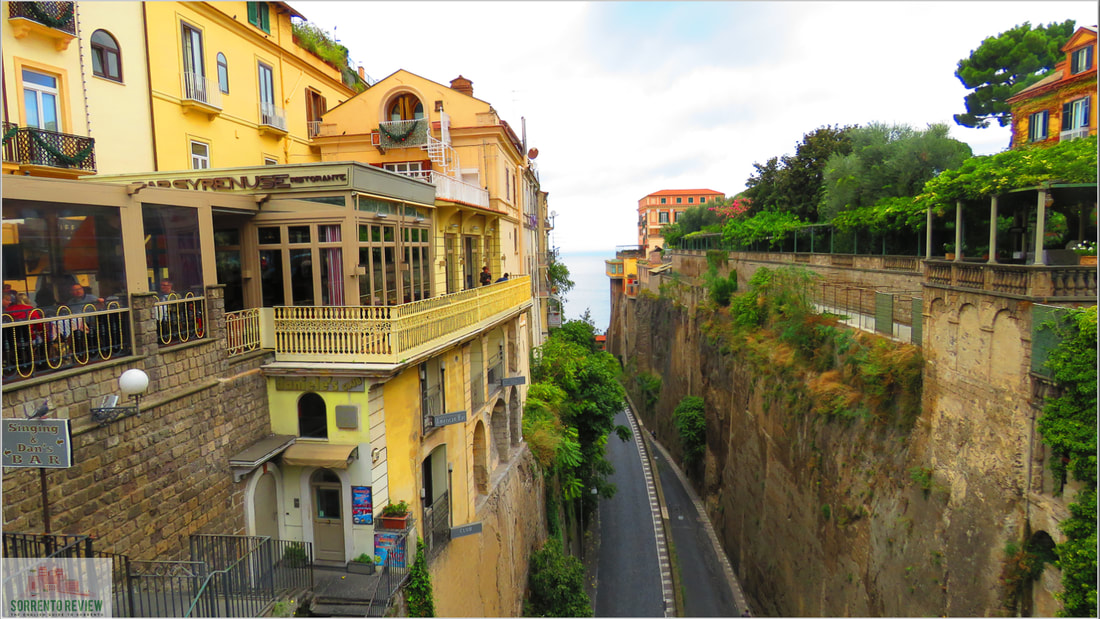
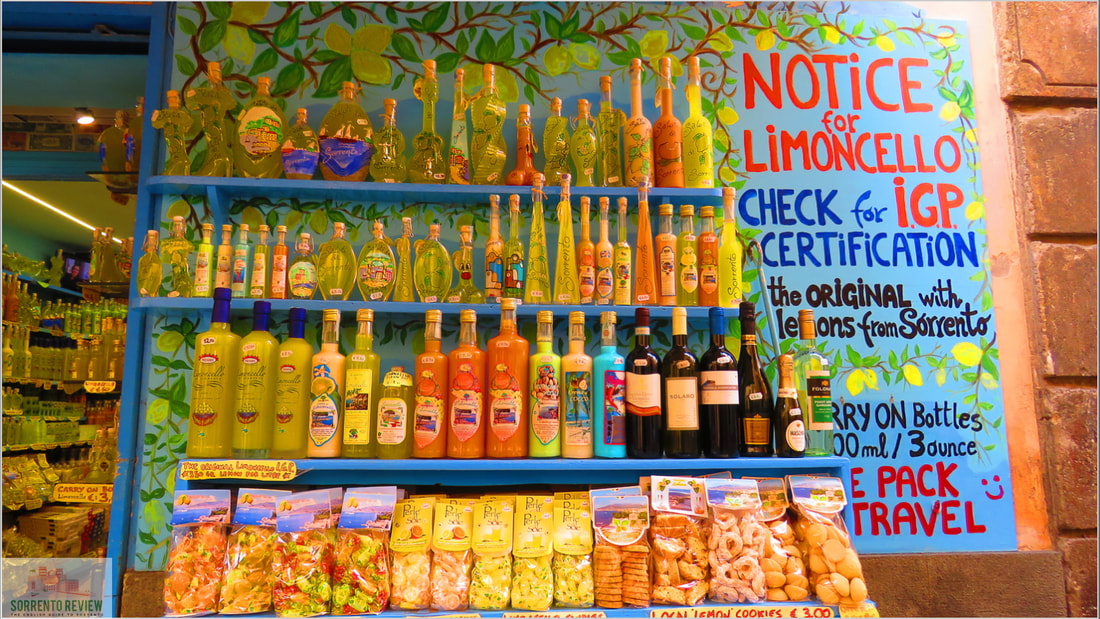
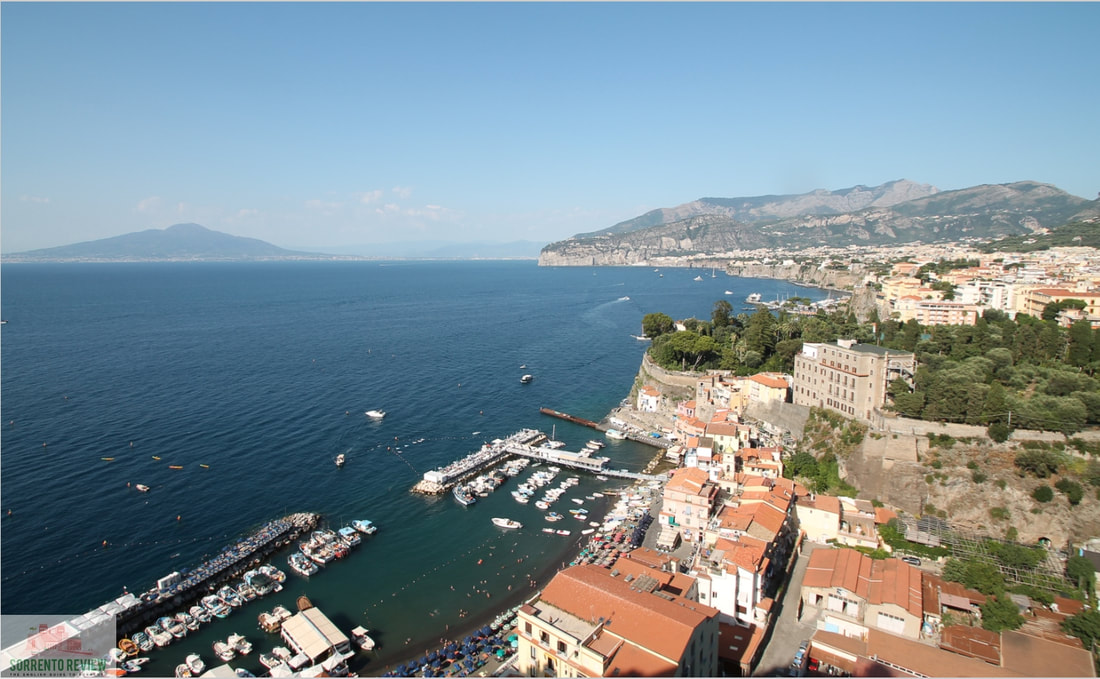
 RSS Feed
RSS Feed
